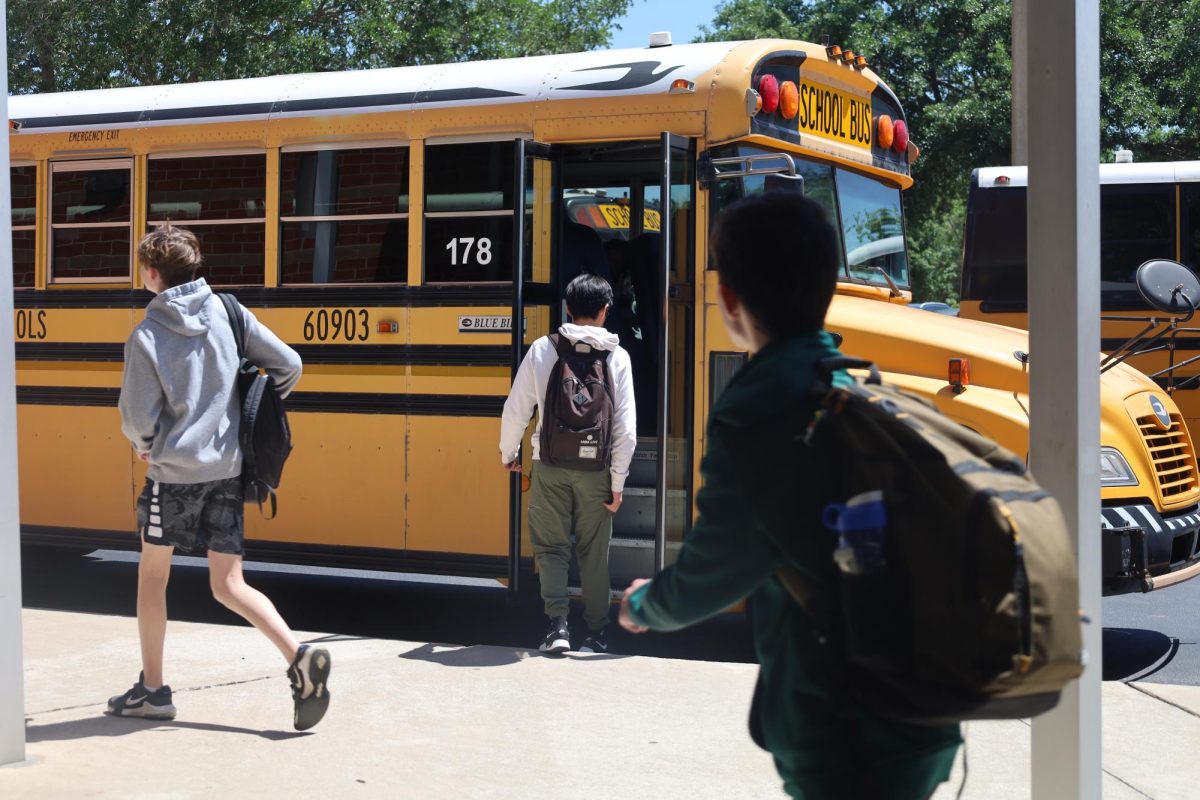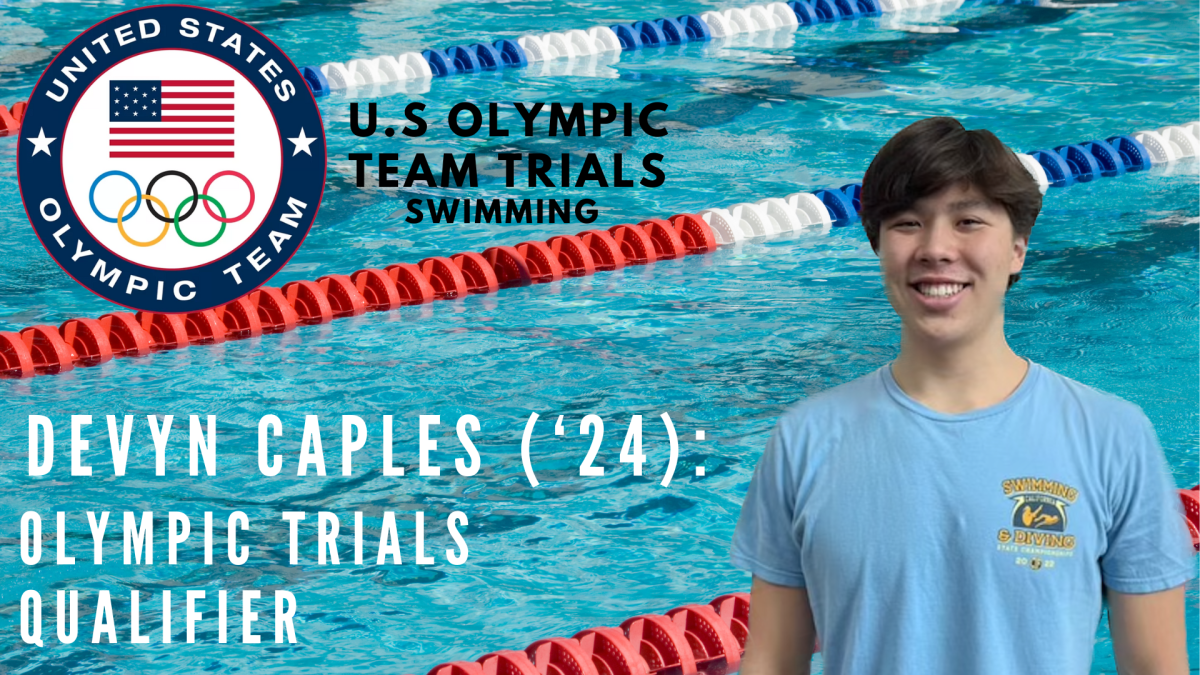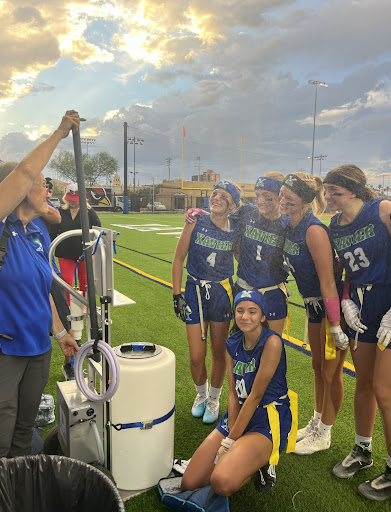Outdoor fall sports at Xavier are faced with the extreme heat of Arizona, interfering with practice, games and the health of athletes. With temperatures at record highs this year, players, coaches and the athletic trainers must work together to keep athletes hydrated and to beat the heat.
“Your body needs water to do most physiological processes, so when that water is depleted, because your body is trying to cool itself, it can cause harm to all kinds of other systems,” says Laurie White, Xavier athletic trainer.
In order to fight this problem and prevent heat illnesses, such as heat cramps, heat exhaustion and heat stroke, the Arizona Interscholastic Association, or AIA has provided specific protocol for the outdoor fall sports to follow.
The AIA requires that sports such as flag football and freshman tennis cannot practice or compete until a reading from the wet bulb globe thermometer is completed. The wet bulb globe thermometer is a device that measures wind, radiant temperature off the surface, heat and humidity.
After measuring all those factors collectively, the wet bulb globe thermometer displays a number that indicates the proper amount of activity that a team can participate in, based on guidelines provided by the AIA.
However, the wet bulb globe thermometer, along with other heat indexes, have not been tested in a climate like Arizona.
“What’s really a challenge for us is there are a lot of heat indexes. There’s wet bulb thermometer indexes, and guidelines, which we have guidelines in our bylaws, but they’re not tested in the dry, arid climate like Arizona,” says David Hines, executive director of the AIA.
According to Hines, the AIA is working to establish rules and parameters for these teams to follow that keeps them safe, but still allows them to achieve adequate practice time to be competitive.
Even though there are many things we can do to prevent heat illnesses, such as following the AIA’s guidelines, staying hydrated, and even resorting to classroom style practices, which is what freshman tennis did, sometimes heat illnesses come on fast and must be treated.
Luckily, Xavier athletic trainers, Laurie White and Hannah Duszynski, are prepared to meet the needs of all athletes, and are equipped with a polar ice pod. A polar ice pod is a large bag full of ice water that an athlete must be placed in when her body temperature becomes way too high.
The heat has been so intense that White has already had to use the polar ice pod once this year. It is important to note that using the polar ice pod must come first before an athlete is transported to the hospital, because the 20-minute ride with a high body temperature could be detrimental.
Although the Arizona heat has caused much adversity, it has also taught teams like flag football and freshman tennis to be resilient, patient and flexible.
“Having to deal with the extreme heat, we learned patience (knowing that we couldn’t get on the court even though it’s right there) and flexibility, because I would tell them what we were going to do that day and those ideas would be out the door and we would have to change plans,” said Judy Hernandez, head coach of freshman tennis.
Ultimately, the players themselves, along with coaches, athletic trainers, athletic directors and the AIA must take precautions, be prepared, and work together to protect athletes.
Hernandez would also like freshman tennis to be considered for a winter sport in the future, saying, “I personally, along with the other coaches, would like it to be moved to a winter sport. I feel it’s detrimental to the students to start an outdoor sport in August when we know the temperatures are going to stay in the triple digits.”
This story was originally published on XPress on September 20, 2023.






![It was definitely out of my comfort zone to get [the dress] and decide I loved it enough not to wait and risk not having something that memorable.](https://bestofsno.com/wp-content/uploads/2024/04/Precious_20180902_JRS_00008_ed1.jpg)


![Sophomore Sahasra Mandalapu practices bharatanatyam choreography in class. These new dances will be performed in an annual show in February. Mandalapu found that practicing in class helped her overcome stage fright during her performances. “When [I] get on stage, Im nervous Im going to forget, even though Ive done it for so long,” Mandalapu said. “Theres still that little bit of stage fright [when] I second-guess myself that I dont know it enough, but I do because Ive been practicing for a whole year.”](https://bestofsno.com/wp-content/uploads/2024/05/Sahasra-6-Large-1200x844.jpeg)

![In their full runway outfits, (from left) Audrey Lee 25, Olivia Lucy Teets, 25, Fashion Design teacher Ms. Judy Chance, and Xueying Lili Yang pose for a photo. All three girls made it to Austin Fashion Week by getting in the top 10 in a previous runway show held by Shop LC.
[I like my students] creativity and how they can look at a fabric and make it their own, Ms. Chance said.](https://bestofsno.com/wp-content/uploads/2024/04/IMG_9686-e1714088765730-1129x1200.jpeg)














![IN THE SPOTLIGHT: Junior Zalie Mann performs “I Love to Cry at Weddings,” an ensemble piece from the fall musical Sweet Charity, to prospective students during the Fine Arts Showcase on Wednesday, Nov. 8. The showcase is a compilation of performances and demonstrations from each fine arts strand offered at McCallum. This show is put on so that prospective students can see if they are interested in joining an academy or major.
Sweet Charity originally ran the weekends of Sept. 28 and Oct. 8, but made a comeback for the Fine Arts Showcase.
“[Being at the front in the spotlight] is my favorite part of the whole dance, so I was super happy to be on stage performing and smiling at the audience,” Mann said.
Mann performed in both the musical theatre performance and dance excerpt “Ethereal,” a contemporary piece choreographed by the new dance director Terrance Carson, in the showcase. With also being a dance ambassador, Mann got to talk about what MAC dance is, her experience and answer any questions the aspiring arts majors and their parents may have.
Caption by Maya Tackett.](https://bestofsno.com/wp-content/uploads/2024/02/53321803427_47cd17fe70_o-1-1200x800.jpg)
![SPREADING THE JOY: Sophomore Chim Becker poses with sophomores Cozbi Sims and Lou Davidson while manning a table at the Hispanic Heritage treat day during lunch of Sept 28. Becker is a part of the students of color alliance, who put together the activity to raise money for their club.
“It [the stand] was really fun because McCallum has a lot of latino kids,” Becker said. “And I think it was nice that I could share the stuff that I usually just have at home with people who have never tried it before.”
Becker recognizes the importance of celebrating Hispanic heritage at Mac.
“I think its important to celebrate,” Becker said. “Because our culture is awesome and super cool, and everybody should be able to learn about other cultures of the world.”
Caption by JoJo Barnard.](https://bestofsno.com/wp-content/uploads/2024/01/53221601352_4127a81c41_o-1200x675.jpg)





